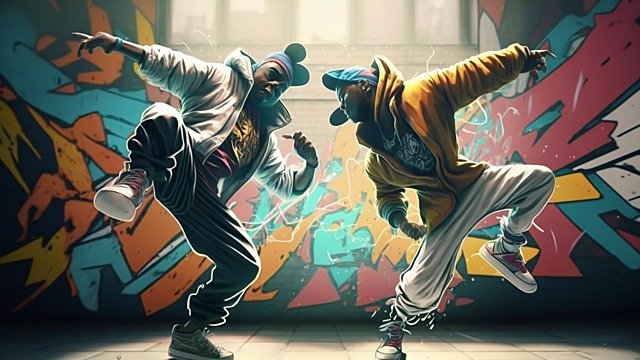Hip-hop dance is more than just a movement—it’s a lifestyle and a global phenomenon. Born from the streets of New York City in the 1970s, hip-hop has grown into one of the most popular and expressive forms of dance in the world.
What is Hip-Hop Dance?
Hip-hop dance is a dynamic and energetic style that includes a variety of street dance styles, such as:
- Breaking (B-boying)
- Popping
- Locking
- Krumping
- Freestyle
These styles are often improvisational and focus on rhythm, body control, and self-expression.
Cultural Roots:
Hip-hop dance developed alongside hip-hop music and culture, which includes DJing, MCing (rapping), graffiti, and street fashion. It was a form of resistance and storytelling for marginalized communities and remains rooted in identity and creativity.
Key Elements of Hip-Hop Dance:
- Freestyle battles and cyphers (dance circles)
- Emphasis on rhythm and beat
- Individual style and attitude
- Crowd interaction and performance
Benefits of Hip-Hop Dance:
- Cardiovascular health and stamina
- Improved coordination and agility
- Confidence and individuality
- Sense of community and cultural connection
Modern Influence:
Hip-hop has influenced music videos, films, global competitions, and even fitness programs. Shows like America’s Best Dance Crew and artists like Chris Brown and Beyoncé showcase hip-hop styles.
Conclusion:
Hip-hop dance is raw, real, and revolutionary. It gives people a platform to be seen and heard through movement. For anyone looking to express themselves, release energy, or connect with culture, hip-hop offers an open and welcoming space.

Leave a Reply